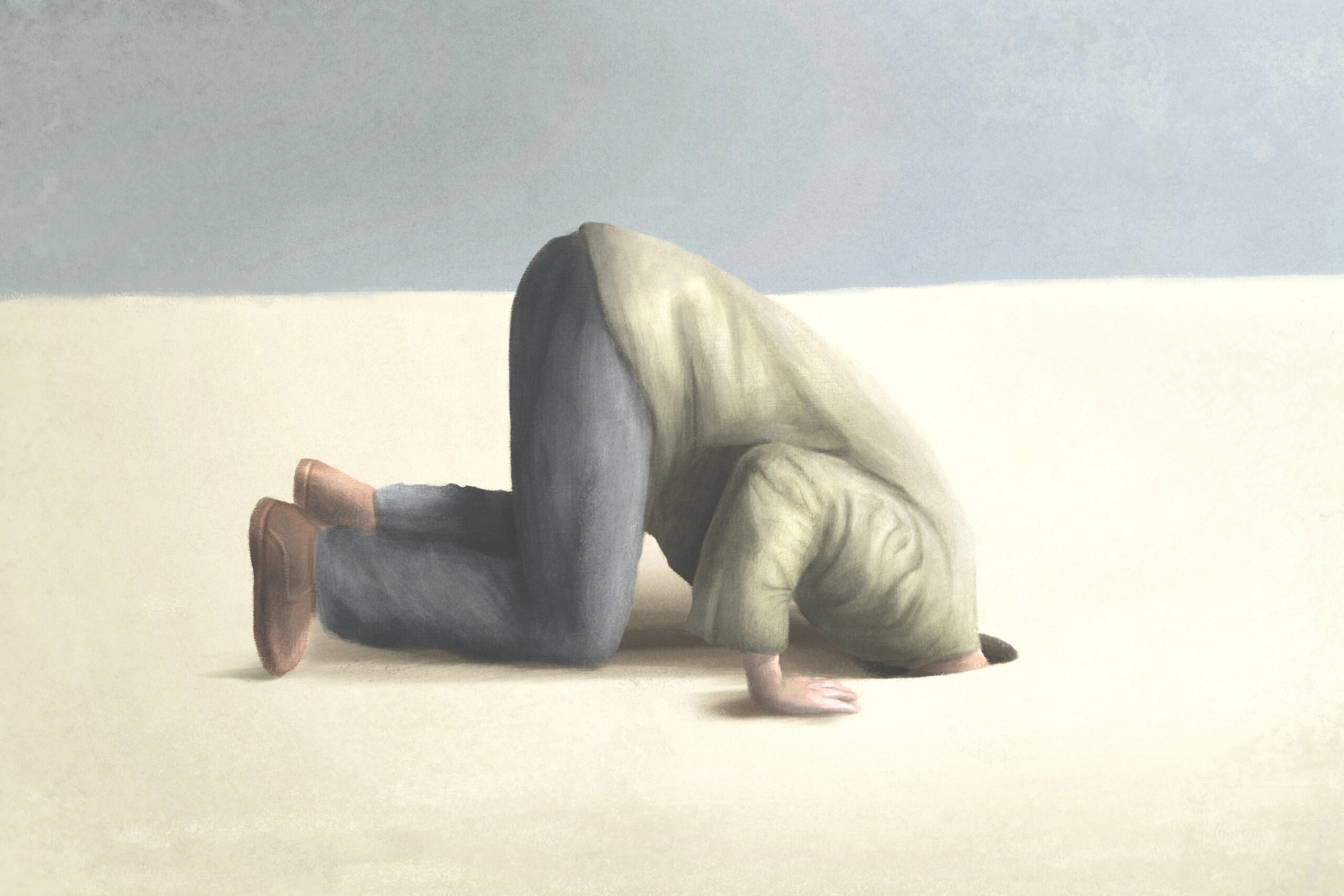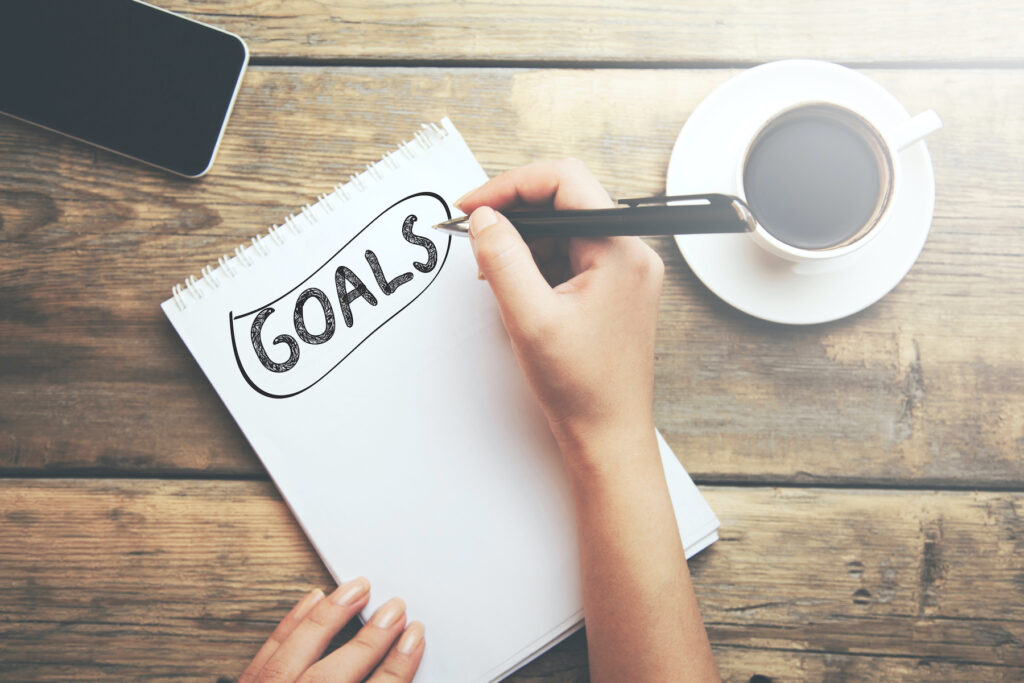Avoidance is a natural coping mechanism that can protect us from danger. But when it’s overused, as in putting off difficult tasks or dodging hard conversations, it can backfire and make things worse.
It’s a common phenomenon. A manager avoids dealing with a worker’s toxic behavior because it’s a high performer. A worker avoids asking for a raise because it’s uncomfortable. A husband ignores growing signs of his wife’s dissatisfaction. A wife settles for a lack of connection and intimacy. Both partners feel unappreciated but never express their needs.
When you’re in avoidance mode, you’re deliberately steering clear of thoughts, feelings, or situations that are unpleasant, difficult, or threatening. For now, you may be reducing your discomfort or anxiety, but you’re sure to pay a price for it down the road.
There are many things you might be avoiding. Conflict. Uncertainty. Difficult people. Uncomfortable emotions. Troubling health signs. Mounting debt and hard conversations about money.
Your avoidance may bring short-term relief, but over time it often causes more harm than good.
The Problem with Avoidance
Here are some of the main repercussions of avoidance and why they matter.
Avoidance leaves the core problem unaddressed. Nothing actually gets resolved. The issue remains, often metastasizing.
“What you resist not only persists, but will grow in size.”
-Carl Jung, Swiss psychiatrist
Avoidance can aggravate anxiety. Why? Because delaying action usually invites further trouble. As you lose control, your anxiety rises.
“Avoidance coping causes anxiety to snowball because when people use avoidance coping
they typically end up experiencing more of the very thing they were trying to escape.”
-Alice Boyes, PhD, author, The Anxiety Toolkit
Your avoidance frustrates others. They may feel ignored or dismissed, and they’ll resent having to deal with the fallout alone.
Avoidance often invites new conflicts. When you sidestep things, unresolved issues tend to resurface in other areas. So, it can bring more tensions into relationships, including resentment.
Avoidance can generate a vicious circle. The more you avoid, the harder it becomes to face things. You end up reinforcing a bad habit while allowing negative consequences.
Avoidance can become a way of life. You can become the kind of person who avoids hard things. That will limit your growth and impair your capacity to deal with challenges. And this will drive good people away.
Avoidance undermines your confidence and sense of power and agency. You end up taking a passive role instead of intentionally and boldly crafting your life and work.
Avoidance feeds your fears. It gives them power over you and makes you defensive and overly cautious. A recipe for mediocrity, or worse.
“It is not fear that stops you from doing the brave and true thing in your daily life. Rather, the problem is avoidance. You want to feel comfortable so you avoid doing or saying the thing that will evoke fear and other difficult emotions. Avoidance will make you feel less vulnerable in the short run but, it will never make you less afraid.”
-Dr. Harriet Lerner, clinical psychologist
Avoidance can lead to numbing behaviors. Things like binge-watching, over-eating, over-working, or drinking. When doing things like this in excess, you’re taking refuge in distraction. Avoidance is a form of escapism.
Avoidance can inhibit your personal growth and prevent you from living up to your potential. When you duck challenges, you prevent yourself from developing problem-solving skills, emotional strength, and resilience.
Avoidance leads to complacency. Are you overly reliant on familiar routines? Falling into a rut?
Avoidance leads to missed opportunities. Difficult tasks, though often stressful, often lead to valuable experiences, connections, and surprising and substantial rewards.
Avoidance can lead to painful regret. Will you be haunted by “what ifs” in the future, and will you lament missed chances or unresolved problems? These can weigh heavily on you over time.
Conclusion
Though avoidance is natural, it often makes things worse. It fuels frustration, anxiety, conflict, and bad habits. Your confidence plummets, and your sense of agency dissipates.
What if you started addressing things head on, taking the bull by the horns? One decision, one action at a time, you can change the trajectory of your life.
Wishing you well with it, and let me know if I can help. (And for starters, check out my article, “How to Stop Avoiding Things: 17 Practices.”)
–Gregg Vanourek

“Avoidance is the best short-term strategy to escape conflict, and the best long-term strategy to ensure suffering.”
-Brendon Burchard, author
Reflection Questions
- What are you avoiding?
- How is it undermining you?
- What will you do about it, starting today?
Tools for You
- Traps Test (Common Traps of Living) to help you identify what’s getting in the way of your happiness and quality of life
- Quality of Life Assessment so you can discover your strongest areas and the areas that need work, then act accordingly.
- Leadership Derailers Assessment to help you identify what’s inhibiting your leadership effectiveness
Related Articles & Books
- “What Are You Avoiding?”
- “How to Stop Avoiding Things: 17 Practices”
- “Why Conflict Is Good—And How to Manage It”
- Patrick Lencioni, The Five Dysfunctions of a Team: A Leadership Fable
- Susan Scott, Fierce Conversations: Achieving Success at Work and in Life, One Conversation at a Time
+++++++++++++++++
Gregg Vanourek is a writer, teacher, and TEDx speaker on personal development and leadership. He is co-author of three books, including LIFE Entrepreneurs: Ordinary People Creating Extraordinary Lives (a manifesto for living with purpose and passion) and Triple Crown Leadership: Building Excellent, Ethical, and Enduring Organizations (a winner of the International Book Awards). Check out his Best Articles or get his monthly newsletter. If you found value in this article, please forward it to a friend. Every little bit helps!













